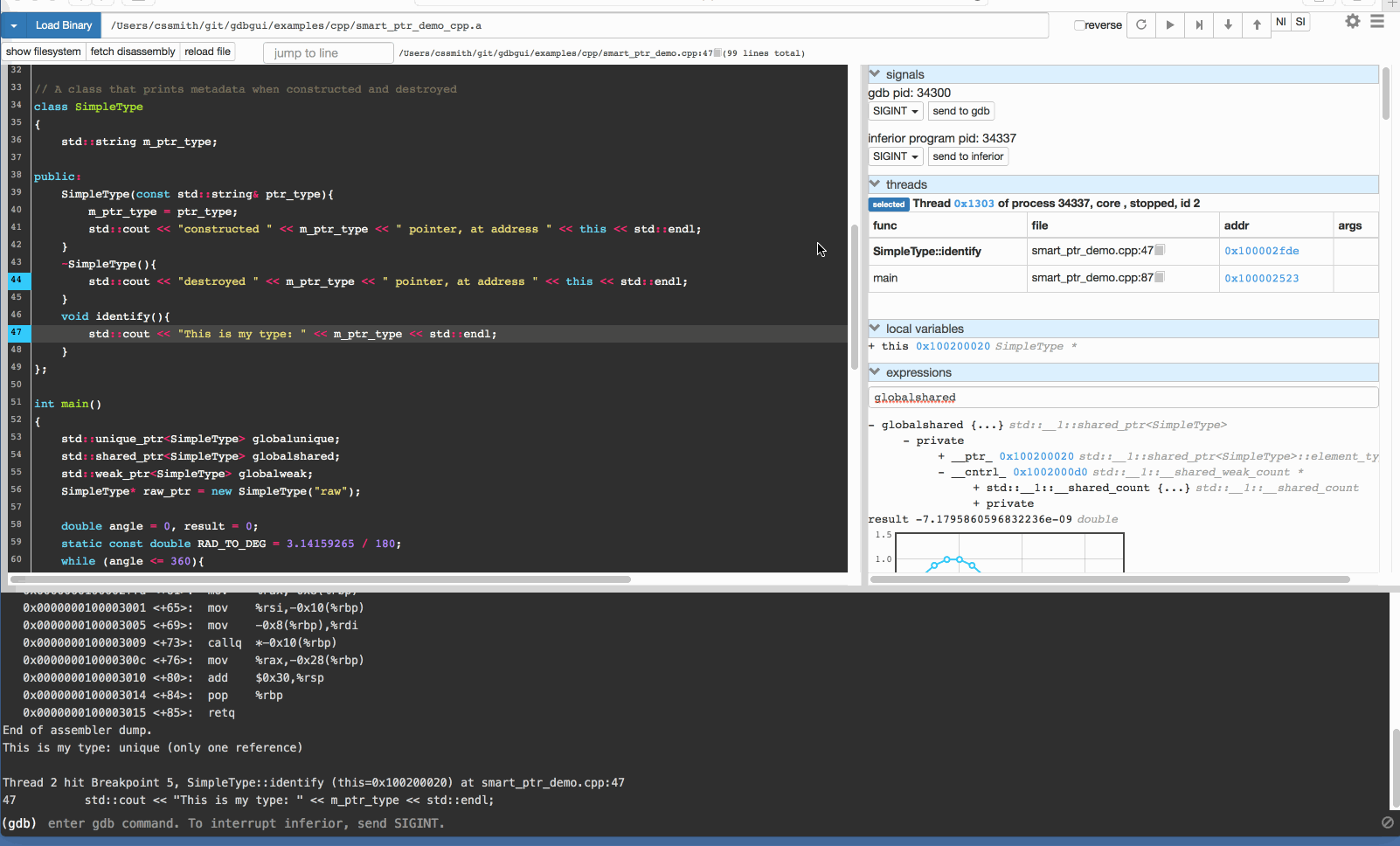

This can be useful when attempting to disassemble thumb code produced by other compilers.įor the x86, some of the options duplicate functions of the -m switch, but allow finer grained control. Switch -disassembler-options=force-thumb.

This option can also be used for ARM architectures to force the disassembler to interpret all instructions as Thumb instructions by using the (Either with the normal register names or the special register names). Which use the ARM/Thumb Procedure Call Standard naming conventions. There are also two variants on the APCS register naming scheme enabled by -M reg-names-atpcs and -M reg-names-special-atpcs Procedure Call Standard, whilst specifying -M reg-names-raw will just use r followed by the register number. Specifying -M reg-names-apcs will select the name set used by the ARM M reg-names-std (the default) will select the register names as used in ARM 's instruction set documentation, but with register 13Ĭalled 'sp', register 14 called 'lr' and register 15 called 'pc'. If the target is an ARM architecture then this switch can be used to select which register name set is used during disassembler. Multiple -M options can be used or can be placed together into a comma separated list. If it is necessary to specify more than one disassembler option then M options -disassembler-options= options Pass target specific information to the disassembler. Information, but it is also desired to disassemble all the instructions use -marm. If it is necessary to use this switch because the input file does not contain any architecture Supported by the architecture specified by machine. It restricts the disassembly to only those instructions If the target is an ARM architecture then this switch has an additional effect. You can list the available architectures with the -i option. This can be useful when disassembling object files which do not describe architecture m machine -architecture= machine Specify the architecture to use when disassembling object files. l -line-numbers Label the display (using debugging information) with the filename and source line numbers corresponding to the object code or relocs shown.

j name -section= name Display information only for section name. i -info Display a list showing all architectures and object formats available for specification with -b or -m. H -help Print a summary of the options to objdump and exit. Instead, it shows the usual addresses, which Sections correctly, using objdump -h to list the file section headers cannot show the correct addresses. In those situations, although ld relocates the However, some object file formats, such as a.out, do not store the starting address of the file segments. h -section-headers -headers Display summary information from the section headers of the object file.įile segments may be relocated to nonstandard addresses, for example by using the -Ttext, -Tdata, or -Tbss options to ld. file-start-context Specify that when displaying interlisted source code/disassembly (assumes -S) from a file that has not yet been displayed, extend the context to the When dumping sections, display the file offset of the location from where the dump starts. If zeroes areīeing skipped, then when disassembly resumes, tell the user how many zeroes were skipped and the file offset of the location from where the disassembly F -file-offsets When disassembling sections, whenever a symbol is displayed, also display the file offset of the region of data that is about to be dumped. f -file-headers Display summary information from the overall header of each of the objfile files. This can be useful when disassembling a file format which does not describeĮndianness information, such as S-records. [ -EB| -EL| -endian= Specify the endianness of the object files.


 0 kommentar(er)
0 kommentar(er)
